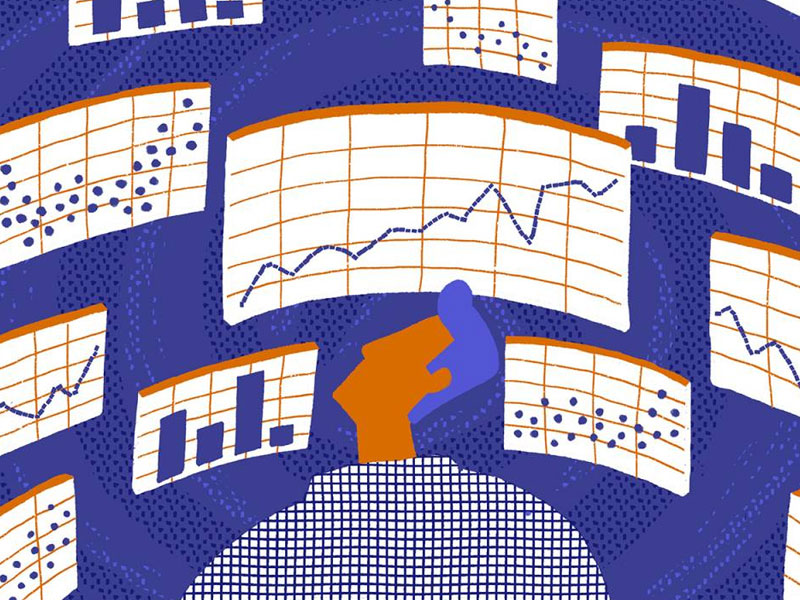Consumer Data Protection: Data Scientists And Data Security
SOURCE: WWW.DISCOVERDATASCIENCE.ORG/
AUG 14, 2023
4 Phases of Analytics Evolution: From Spreadsheets to AI Workbenches
SOURCE: INSIGHT.KELLOGG.NORTHWESTERN.EDU
NOV 08, 2021

Many years ago, I went looking for some “desktop AI”—artificial intelligence that would allow me to tease out trends in data. I knew about IBM’s Watson, so I went to the website in hopes of uploading data and getting access to some machine learning. “That’s not how it works,” a friend who worked at IBM told me at the time. “You can’t just press a button and get AI.”
That’s not the case anymore. Today, AI tools and workbenches allow you to click your way to some pretty advanced modeling techniques, without requiring any knowledge of coding or programming language. That’s certainly not to imply that everyone can be a data scientist. But business professionals today can have AI at their fingertips for making data-based projections. Sometimes, it’s as simple as clicking a button that says “predictor.”
To put this in perspective, let’s examine the four phases of data-analytics technology for the businessperson—three that brought us to this point, and one on what lies ahead.
For years, businesses have been organizing information on spreadsheets—most notably Excel—to run analyses, such as summary statistics by group. Of course, to get value out of the tool, the user needed to understand the output; otherwise, the exercise was meaningless—and potentially dangerous when making decisions based on something not fully known or understood.
For example, back in the spreadsheet days, a data analyst might have compared customer purchasing behaviors across different groups or segments. Let’s say the analysis showed higher average purchasing among Segment 1 than Segment 2, which led to the conclusion that Segment 1 customers were more important to the business. A slightly deeper analysis of variability might reveal that Segment 2 customers were actually more consistent purchasers. That is, a better understanding of what the tool could produce yielded a more effective use of the tool.
While the spreadsheet was a great start for the everyday business professional’s analytic needs, it could be a blunt tool without the necessary nuances for deeper insights.
The next phase brought advanced AI technology for analyzing data into the business-world mainstream. But until a few years ago, the most powerful AI analysis was limited to only the programmers and developers who built models with code. If someone wanted to compare 10 different models to see which one was most effective at predicting an outcome, it would be necessary to write code for 10 different models.
Today’s new consumer-facing tech tools combine powerful algorithms with great user interfaces. Unlike the Phase 2 tools, AI workbenches no longer require knowledge of coding to build many AI models. Additionally, the best AI workbenches easily run many models simultaneously and identify the best model for the data.
What remains unchanged from the earliest days of simple data management, however, is the importance of understanding the outcome. When an algorithm produces a result, there are right and wrong, simple and nuanced, ways of using that result.
LATEST NEWS
Augmented Reality
Hi-tech smart glasses connecting rural and remote aged care residents to clinicians
NOV 20, 2023
WHAT'S TRENDING


Data Science
5 Imaginative Data Science Projects That Can Make Your Portfolio Stand Out
OCT 05, 2022

SOURCE: WWW.DISCOVERDATASCIENCE.ORG/
AUG 14, 2023
SOURCE: MEDIUM.DATADRIVENINVESTOR.COM
OCT 05, 2022
SOURCE: VENTURESAFRICA.COM
OCT 05, 2022